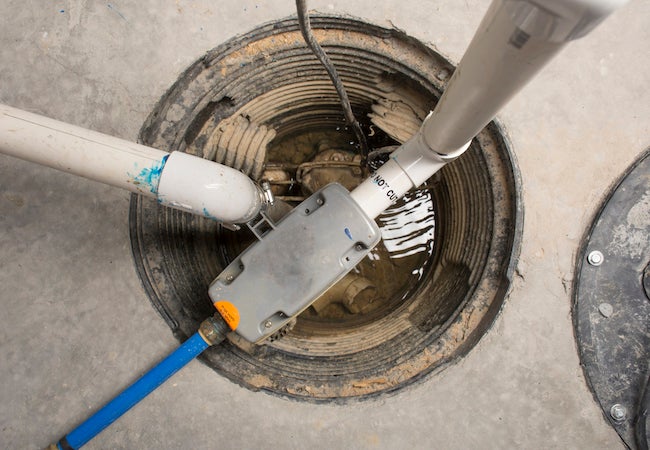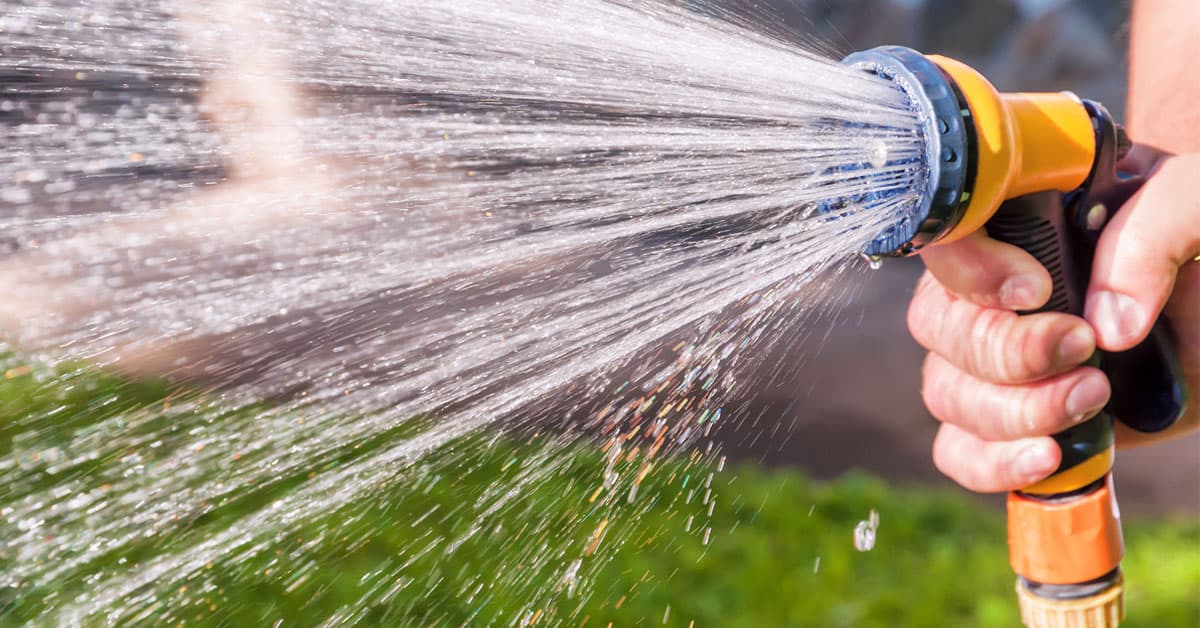The Definitive Guide to Maintaining a Sump Pump
The Definitive Guide to Maintaining a Sump Pump
Blog Article
This great article in the next paragraphs pertaining to How to Care for Your Sump Pump is truly interesting. You should investigate for yourself.

Sump pumps are vital elements in many homes, particularly in locations vulnerable to flooding or too much wetness. They aid avoid water damage by successfully getting rid of excess water from cellars or crawl spaces. Nonetheless, like any other appliance, sump pumps call for regular upkeep to guarantee they work properly when needed the most. Cleansing your sump pump is a crucial part of its upkeep, and understanding how to do it appropriately can conserve you from pricey repair services and potential disasters.
Intro
Keeping a tidy sump pump is important for its correct performance and longevity. Overlooking this essential task can result in clogs, malfunctions, and ultimately, water damage to your property. Consequently, learning how to cleanse a sump pump is crucial for property owners that rely on these tools to keep their cellars dry and safeguarded.
Understanding the Sump Pump
Prior to diving right into the cleaning procedure, it's essential to have a standard understanding of exactly how a sump pump functions. Typically mounted in a pit or basin listed below the basement floor, a sump pump includes numerous key elements, consisting of a pump, a float button, and a discharge pipe. When water collects in the pit, the float button turns on the pump, which after that pumps the water out through the discharge pipeline, far from the structure's foundation.
Indications of a Dirty Sump Pump
Recognizing when your sump pump requires cleaning is essential for protecting against possible malfunctions. Some typical indications that indicate a dirty sump pump consist of strange sounds throughout operation, decreased water flow, and noticeable particles in the pit. If you observe any one of these signs, it's vital to clean your sump pump immediately to stay clear of any more concerns.
Getting ready for Cleansing
Prior to you begin cleaning your sump pump, it's vital to take some safety precautions. Begin by shutting off the power to the pump to prevent any type of electric crashes. In addition, use proper protective gear, such as gloves and safety glasses, to protect on your own from dust, debris, and prospective pathogens.
Detailed Guide to Cleansing a Sump Pump
Turning off the Power
Begin by separating the power supply to the sump pump to prevent any kind of mishaps while cleansing.
Getting Rid Of Particles and Dust
Use a container or a scoop to eliminate any visible particles, dirt, or debris from the sump pit. Dispose of the particles appropriately to prevent it from blocking the pump or the discharge pipeline.
Cleaning the Pump and Drift Switch Over
Once the pit is clear of debris, meticulously get rid of the pump from the pit. Check the pump and the float switch for any type of indications of damages or wear. Make use of a soft brush or fabric to clean the surfaces and remove any accumulated gunk.
Purging the System
After cleansing the pump and float switch, flush the sump pit with tidy water to eliminate any kind of remaining dirt or debris. This will help ensure that the pump runs smoothly and successfully.
Checking for Proper Functioning
Prior to re-installing the pump, execute a quick test to guarantee that the float button activates the pump correctly. Pour some water into the sump pit and observe the pump's operation. If every little thing is functioning properly, you can rebuild the pump and reconnect the power supply.
Upkeep Tips to Maintain Your Sump Pump Clean
In addition to regular cleansing, there are numerous upkeep suggestions you can follow to keep your sump pump in optimum problem:
Verdict
Cleaning your sump pump is a crucial facet of its upkeep and makes certain that it operates successfully when you require it one of the most. By following the steps detailed in this overview and integrating normal upkeep into your routine, you can extend the life-span of your sump pump and safeguard your home from water damage.
6 STEPS ON HOW TO CLEAN A SUMP PUMP PROPERLY
UNDERSTANDING SUMP PUMPS
Your sump pump plays a crucial role in protecting your home by managing and removing excess water. It primarily functions as a “shield”, guarding your basement against the damaging effects of water accumulation. The pump is housed in a sump pit in the lowest part of your basement, and its job is to pump out any water that collects there.
During heavy rainfalls or when snow melts rapidly, water can infiltrate your basement, posing potential risks like flooding, structural damage, and harmful mold growth. Here, the sump pump springs into action, pumping out the intruding water and directing it away from your home.
SAFETY FIRST
Before cleaning, remember to prioritize safety. Disconnect the sump pump from the power source to prevent any accidental electric shocks. Also, wear sturdy gloves to protect your hands from any sharp or dirty components within the pump.
REMOVE THE SUMP PUMP
After ensuring your safety, the next step is to remove the sump pump from its pit. Doing this might require careful maneuvering as you don’t want to damage any pump components. Once removed, clean the sump pit to remove any accumulated debris or sludge.
INSPECT THE PUMP
Inspect the pump for any visible signs of wear or damage. Check the power cord, float switch, and impeller housing. If any components look worn out or damaged, consider replacing them to ensure optimal performance.
CLEAN THE PUMP
Thoroughly clean the pump with warm, soapy water. Make sure to rid it of any dirt, gravel, or other debris that might impede its performance. You can use a toothbrush to clean the small, hard-to-reach parts of the pump.
REINSTALL THE SUMP PUMP
Reinstall the pump into the sump pit Make sure it’s positioned correctly to remove the water effectively Once it’s back in place, reconnect it to the power source TEST THE PUMP
Finally, pour some water into the pit to ensure the pump works correctly. It should start automatically and begin pumping out the water; if it doesn’t, check the power source and the positioning of the pump.
Remember, while cleaning your sump pump is an essential part of home maintenance, hiring a professional plumber for a thorough inspection and cleaning at least once a year is also important. This will ensure that your pump is in optimal condition, ready to protect your home from potential water damage.
BEST PRACTICES FOR CLEANING SUMP PUMP DISCHARGE PIPES
Regular Inspection: Regularly inspect your discharge pipes, especially during heavy rainfall or snowmelt periods. Look for any signs of blockage or damage. Early detection of problems can prevent serious issues down the line. Periodic Cleaning: Over time, sediment and debris can accumulate in the discharge pipes, impeding the flow of water. Regular cleaning helps keep the pipes clear and functioning efficiently. You can use a high-pressure water jet to effectively clean the pipes. Insulation During Winter: In colder climates, discharge pipes can freeze, blocking the outflow of water. Protect your discharge pipes from freezing temperatures by insulating them with foam pipe insulation. This will ensure the sump pump can continue to discharge water even in freezing conditions. Proper Positioning: The discharge pipe should be positioned to direct water away from your home’s foundation. Improper positioning can lead to water seeping back into the basement. Ensure the pipe is long enough and angled correctly. Installation of a Check Valve: A check valve prevents water from flowing back into your sump pit after the pump has pushed it out. Installing a check valve helps maintain the efficiency of your sump pump and reduces the risk of flooding. Minimize Pipe Turns: Every curve or turn in the discharge pipe can decrease the efficiency of water flow. By minimizing turns and bends in your discharge pipe, you can increase the efficiency of your sump pump. https://www.fullspeedplumbing.com/how-to-clean-a-sump-pump-properly9999/

As a passionate person who reads about Steps to Cleaning Your Sump Pump Properly, I figured sharing that section was a good idea. Liked our blog entry? Please quickly share it. Help someone else locate it. Thank you for your time. Return soon.
Click Here Report this page